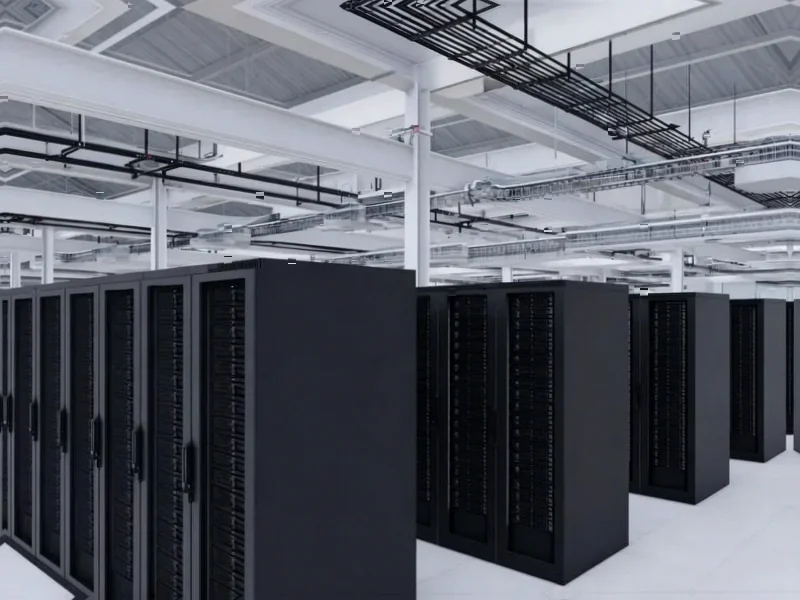According to Network World, Cisco is completely overhauling its customer experience strategy with a new AI platform called Cisco IQ. The company’s CX organization, which helps customers optimize everything from network infrastructure to security and cloud operations, has been struggling with fragmented tools and inefficient handoffs between service stages. Senior VP Bhaskar Jayakrishnan openly admitted their current process is “slow, error-prone, and loses critical context at every step.” Cisco IQ represents a fundamental shift from what they’re calling a “tool-centric model to an intelligence-centric one,” built on an API-first architecture. The platform aims to serve customers, partners, and Cisco’s own services teams by turning decades of institutional knowledge into what they describe as a “living, adaptive system.”
Why this matters now
Here’s the thing – every tech company is talking about AI right now, but Cisco’s admission is actually pretty revealing. They’re basically saying their customer service has been a mess for years. Think about it: designs being interpreted by humans then converted into code, operational data manually analyzed – that’s the kind of inefficiency that drives IT managers crazy. And when you’re dealing with enterprise networks where downtime costs thousands per minute, these handoff problems aren’t just annoying – they’re expensive.
The business play
This isn’t just about better customer service – it’s about revenue protection. Cisco’s services business is massive, and if customers are frustrated with implementation and support, they might start looking elsewhere. By creating what they call a “multi-persona system,” Cisco is trying to lock in that services revenue while making their entire ecosystem more sticky. The API-first approach is smart too – it means partners can build on top of this, creating even more dependency on Cisco’s platform. Basically, they’re turning their services from a cost center into a strategic moat.
The real test
Now comes the hard part. Can Cisco actually deliver on turning “decades of institutional knowledge” into something useful? Legacy systems are notoriously difficult to integrate, and cultural resistance within large organizations is real. Plus, every vendor is making similar promises right now. The difference might be whether Cisco’s deep enterprise relationships and existing service footprint give them an advantage. But if they can actually make infrastructure “smarter, more resilient, and more secure” through this unified approach, they could fundamentally change how enterprise tech support works. The question is whether customers will see real improvements or just another layer of complexity.




